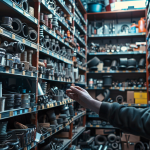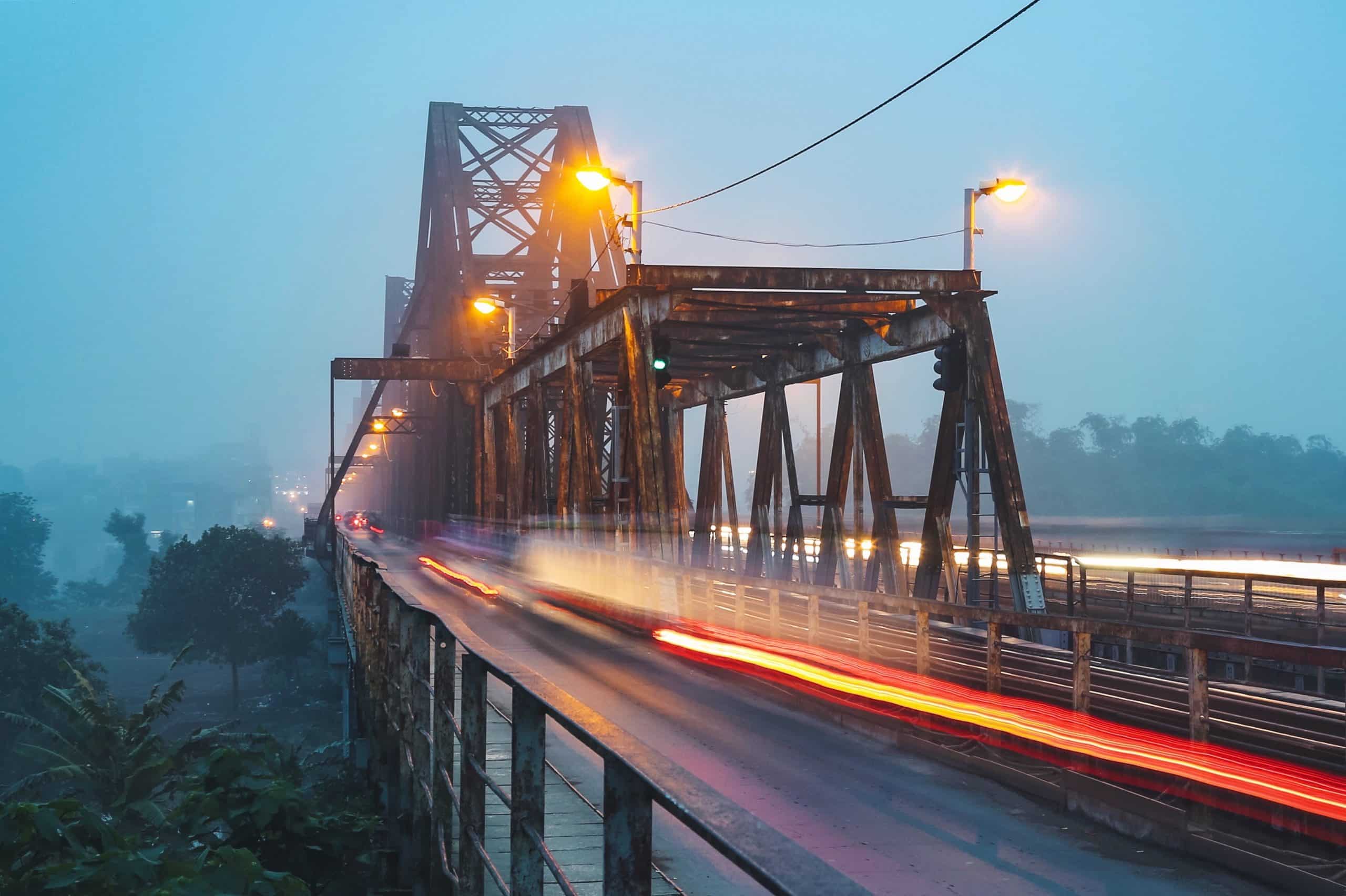In our ever-evolving social fabric, art has remained a constant thread, weaving through civilizations and communities, binding people together. In the contemporary world, its potential as a therapeutic tool is being increasingly recognized, particularly in the context of refugees. Engaging them in community art projects not only fosters creative expression but also contributes significantly to their mental health. This article delves into the psychological benefits that these projects bring to refugees.
The Power of Art: A Therapeutic Refuge
Art, in its myriad forms, has long been recognized as a powerful form of expression, capable of transcending the barriers of language and culture. It is here that its potential as a therapeutic tool for refugees begins to take shape.
Cela peut vous intéresser : Directory of medical intuitive practitioners
In the realm of art therapy, refugees are not merely participants but active creators. They are given the freedom to explore their thoughts and feelings through art. This approach is participatory in nature and centers on the belief that creative expression can facilitate healing and mental well-being. Art activities that refugees engage in can range from painting, drawing, and sculpture to drama and dance.
The therapeutic benefits of such activities are manifold. For people who have undergone traumatic experiences, expressing themselves through art can provide a means of externalizing their inner turmoil. It can help them articulate their experiences and emotions which may be difficult to convey through words alone. The process of creating art can also serve as a distraction, allowing refugees to divert their focus from their past traumas and present struggles, providing a much-needed respite from their harsh realities.
Cela peut vous intéresser : Can Controlled Aromatherapy Sessions Reduce Anxiety in Pre-Surgery Patients?
The Role of Community in Art Projects
Community-based art projects for refugees go beyond the realm of individual expression. They encapsulate a social dimension that fosters a sense of belonging and community among refugees. Bringing people together through creative activities can break down walls, enabling refugees to connect with others who share similar experiences, and creating a supportive environment that promotes their mental well-being.
By working together on art projects, refugees can form bonds with other participants. The shared experience of creating something together can foster a sense of unity and mutual understanding. These connections can help alleviate feelings of isolation and alienation that refugees often experience.
Moreover, community art projects provide refugees with the opportunity to engage with the local community. This can facilitate their integration into their new surroundings and help alleviate the challenges associated with migration. By showcasing their art in public spaces, refugees can also challenge stereotypes and promote a greater understanding and appreciation of their cultures and experiences.
Creating Spaces for Refugees in the World of Art
In recent years, various organizations and social enterprises have recognized the transformative potential of art for refugees. These groups have been instrumental in facilitating refugees’ participation in community art projects.
Google, for instance, has launched various initiatives to support refugee artists. Its Arts and Culture platform features collections of artworks created by refugees, providing a global platform for their works to be seen and appreciated. Meanwhile, community art projects such as The Refugee Art Project and Art Refuge UK have been instrumental in providing art workshops and exhibitions for refugees, harnessing the power of creativity to support their mental health.
Such initiatives not only provide refugees with a platform for creative expression but also facilitate their social integration. By showcasing their artworks to a wider audience, these platforms help raise awareness of refugees’ experiences and challenges, fostering empathy and understanding among people from different walks of life.
Enhancing Mental Health Through Art
Participation in community art projects can have profound positive impacts on the mental health of refugees. For many, the act of creating can serve as a form of therapy, helping to alleviate stress and anxiety.
Research suggests that engaging in creative activities can boost mood, reduce stress, and improve overall mental health. This is particularly beneficial for refugees, many of whom have experienced trauma and face ongoing mental health challenges.
Art can provide a non-threatening medium through which refugees can explore and express their feelings. This form of expressive therapy can help them process traumatic experiences, contributing to improved psychological well-being. Furthermore, art provides a sense of accomplishment and self-efficacy, boosting self-esteem and confidence.
Community art projects also foster social connections, providing refugees with a sense of belonging and support. These social bonds can have a profound impact on mental health, reducing feelings of isolation and loneliness.
In conclusion, participation in community art projects can provide refugees with a powerful therapeutic tool, contributing to their mental well-being and social integration. As we increasingly recognize the psychological benefits of art, it is crucial that we continue to support such initiatives and provide refugees with opportunities to express themselves creatively.
The Impact of Art Therapy: A Google Scholar Perspective
The role of art therapy in enhancing mental health has been extensively studied. Several Google Scholar articles highlight the potential of participatory arts in addressing the psychological needs of refugees and asylum seekers. Art therapy, as an expressive form of therapy, is particularly effective in providing therapeutic benefits to refugees who have experienced traumatic events.
A study by Van der Kolk, published on Google Scholar, highlights how trauma can disrupt the body’s physiological processes, and in turn, influence mental health. In such cases, verbal communication alone may not suffice in addressing the needs of refugees. Here, the role of art therapy becomes pivotal. It allows refugees to translate their feelings and experiences into visible and tangible forms. This can aid in the process of healing and recovery from traumatic stress and post-traumatic disorders.
In another study, Bensimon, Amir, and Wolf, found that involvement in creative activities can influence refugees’ self-efficacy and self-esteem. Artistic expression allows refugees to regain control over their lives, thereby enhancing their sense of self-worth. It also serves as a valuable tool for refugees to communicate their experiences and perspectives to a wider audience, fostering understanding and empathy.
Understanding these benefits, arts activities targeted at refugees should be an integral part of health care services for refugees, alongside traditional therapeutic approaches.
The Potential of Participatory Art Projects in the United Kingdom
The United Kingdom, in particular, has made significant strides in harnessing the power of art for refugees. Numerous community-based projects have been initiated that use the arts as a medium of expression, integration, and therapy for refugees.
The Arts for Health initiative in the UK, for instance, focuses on using the arts to promote well-being among refugees. The program includes a variety of creative activities, such as painting, music, and drama, aimed at improving mental health and encouraging social connections.
Another notable initiative is the Arts and Young Refugees project. This project aims at engaging young refugees in creative arts, helping them to explore and express their feelings while fostering resilience and self-confidence.
Furthermore, the Arts and Culture initiative by Google in the United Kingdom features collections of artworks created by refugees. This not only provides a global platform for their creative expression but also allows the broader community to gain insights into refugees’ experiences.
Through these participatory arts initiatives, refugees are provided with an opportunity to express their individual and collective experiences, foster social connections, and support their mental well-being.
Reflecting on the Power of Community Art Projects for Refugees
Engaging refugees in community art projects brings forth numerous psychological benefits. From alleviating stress and anxiety to facilitating social connections and fostering a sense of belonging, the positive impacts of art therapy on mental health are undeniable.
Research and practical initiatives around the world, particularly in the United Kingdom, have shown the transformative potential of participatory arts. By using art as a therapeutic tool, we can provide refugees with a safe and supportive environment to express their feelings, process their experiences, and find a sense of purpose and belonging in their new communities.
As we continue to unravel the therapeutic potential of art, it is vital to support such initiatives and provide refugees with opportunities to engage in creative activities. In doing so, we contribute not only to their mental well-being but also to their social integration and mutual understanding within our diverse communities.
In conclusion, art holds the power to heal, connect, and empower. By recognizing and harnessing this potential, we can go a long way in supporting the mental health and overall well-being of refugees worldwide.











